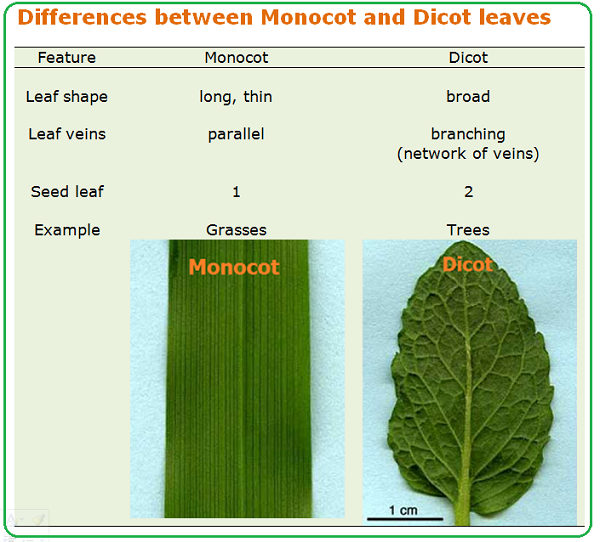

Each circle represents a B or T cell each color represents a unique antibody or TCR sequence. The reason for this shortcoming is that sequence diversity measures only the number of different antibodies or TCRs, but not their basic function: epitope binding.įig. 1 C and D), or how well antibodies or TCRs from a second repertoire might also bind a given set of epitopes ( Fig. For example, sequence diversity cannot indicate whether a repertoire with a given number of different genes contains epitope-binding capacity ( 8) for many different epitopes or for only a few ( Fig. However, sequence diversity overlooks fundamental features of repertoire function. Sequence-based diversity indices (henceforth “sequence diversity”) have shown promise as biomarkers, for example, as predictors of response to cancer immunotherapy ( 4) and as correlates of healthy aging ( 5– 7). This is known as sequence diversity and is measured using a variety of sequence-based diversity indices, including (species) richness, Shannon entropy ( 1, 2), and others related to Hill’s qD-number framework ( Fig. Repertoires are routinely characterized according to the number and frequency of unique V(D)J-recombined antibody and T cell receptor (TCR) gene sequences they contain (henceforth “genes ” Fig. bystander activation in influenza vaccinees, stratify cytomegalovirus (CMV)-infected cohorts, and identify potential immunological “super-agers.” Classes add a valuable dimension to the assessment of immune function.

We demonstrate the potential of this framework to distinguish specific responses vs. We show that repertoires consist of loose overlapping classes of antibodies and TCRs with similar binding properties. Here we present a framework that describes repertoires in terms of the epitope-binding properties of their constituent antibodies and TCRs, based on analysis of thousands of antibody–antigen and TCR–peptide–major-histocompatibility-complex binding interactions and over 400 high-throughput repertoires.

Thus, they potentially overlook key features of immunological function. However, most approaches to repertoire-scale measurement, including sequence diversity and entropy, are not based on antibody or TCR function in this way. Repertoire-scale functionality derives from their epitope-binding properties, just as macroscopic properties like temperature derive from microscopic molecular properties. Antibodies and T cell receptors (TCRs) are the fundamental building blocks of adaptive immunity.


 0 kommentar(er)
0 kommentar(er)
